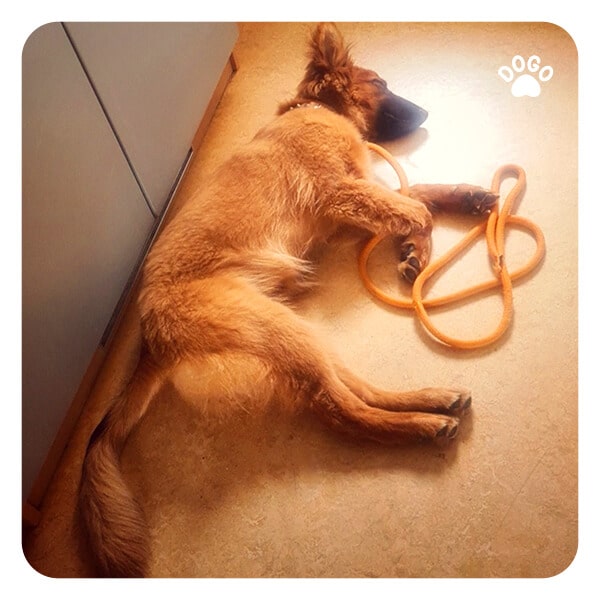 If you’re a dog owner, you’ve probably marveled at how much your furry friend can sleep. It’s common to find your dog curled up in a cozy spot, eyes closed, and paws twitching as they dream. But have you ever wondered how many hours a day your dog actually spends sleeping? Understanding your dog’s sleep patterns can provide valuable insights into their health and behavior. Let’s delve into the fascinating world of canine slumber and explore just how much shut-eye our beloved pets really need.
If you’re a dog owner, you’ve probably marveled at how much your furry friend can sleep. It’s common to find your dog curled up in a cozy spot, eyes closed, and paws twitching as they dream. But have you ever wondered how many hours a day your dog actually spends sleeping? Understanding your dog’s sleep patterns can provide valuable insights into their health and behavior. Let’s delve into the fascinating world of canine slumber and explore just how much shut-eye our beloved pets really need.
Napping Pooches: A Glimpse into Canine Sleep Patterns
Dogs are notorious for their love of napping, and it’s no surprise – after all, they’re descendants of wolves, known for their ability to rest for long hours. On average, dogs spend about 12 to 14 hours a day sleeping. However, this can vary depending on factors such as age, breed, size, and overall health. Puppies, for instance, tend to sleep even more, sometimes up to 18 to 20 hours a day. Similarly, larger breeds may require more sleep compared to smaller ones. Just as we humans have our own unique sleep needs, our canine companions also have individual requirements when it comes to rest.
The Importance of Quality Sleep for Dogs
While it might seem like dogs are constantly dozing off, quality sleep is crucial for their overall well-being. Just like humans, dogs have different sleep cycles, including both REM (rapid eye movement) and non-REM sleep. During REM sleep, dogs may experience dreams, often evidenced by twitching, paw movements, or even soft barks. This phase of sleep is essential for mental restoration and processing of daily experiences. Without adequate rest, dogs can become irritable, sluggish, and may even suffer from health issues. Monitoring your dog’s sleep habits can offer valuable clues about their physical and emotional health. If you notice any sudden changes in their sleep patterns, such as excessive lethargy or restlessness, it might be worth consulting with a veterinarian to rule out any underlying issues.
Creating a Comfortable Sleep Environment for Your Dog
Just like humans, dogs appreciate a comfortable and secure sleep environment. Providing a cozy bed or designated sleeping area can go a long way in ensuring your dog gets the rest they need. Consider factors such as temperature, lighting, and noise levels when setting up their sleeping space. Additionally, establishing a consistent bedtime routine can help signal to your dog that it’s time to wind down and prepare for sleep. Engaging in calming activities such as a leisurely walk or quiet playtime before bedtime can also promote relaxation and better sleep quality for your furry companion.
Understanding Your Dog’s Unique Sleep Needs
Every dog is an individual with their own distinct personality and sleep preferences. While understanding average sleep durations can offer a general guideline, it’s important to observe your own dog’s behavior and adjust accordingly. Factors such as exercise, mental stimulation, and overall health play a significant role in determining how much sleep your dog requires. By paying attention to their cues and providing a nurturing sleep environment, you can help ensure that your canine friend enjoys restful and rejuvenating sleep.
In the end, our dogs rely on us to provide them with the care and attention they need, including creating a conducive environment for quality sleep. By gaining insight into their sleep habits, we can strengthen our bond with our furry companions and contribute to their overall health and happiness. So, the next time you catch your dog in a peaceful slumber, take a moment to appreciate their need for rest and relaxation – after all, they deserve it.
[/fusion_text]



